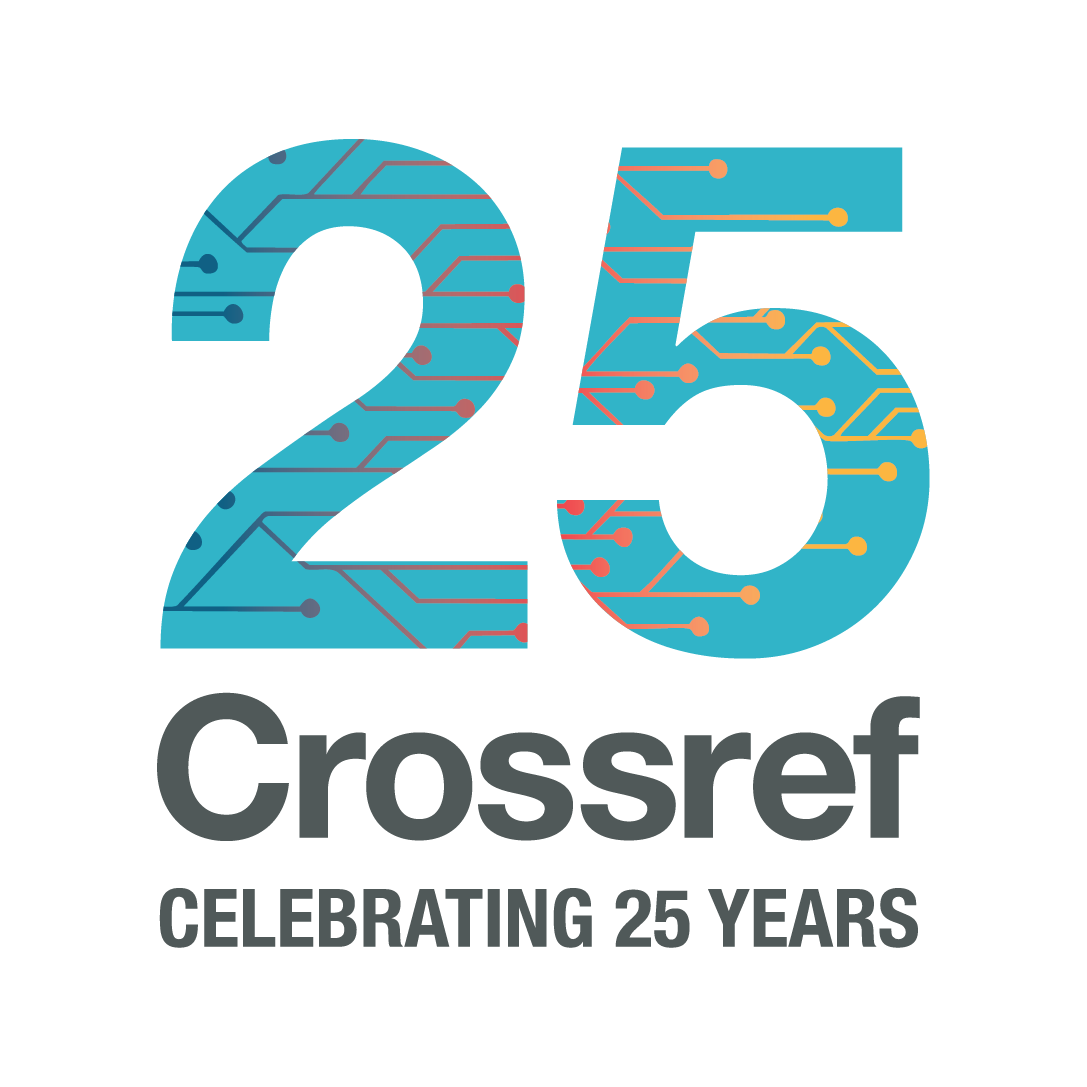6 minute read.Innovation in scientific publishing and its implications for Crossref DOI registration practices - Request for input
Lots of exciting innovations are being made in scientific publishing, often raising fundamental questions about established publishing practices. In this guest post, Ludo Waltman and André Brasil discuss the recently launched MetaROR publish-review-curate platform and the questions it raises about good practices for Crossref DOI registration in this emerging landscape.
Digital Object Identifiers (DOIs) are unique identifiers commonly assigned to research outputs such as journal articles, preprints, peer review reports, and datasets. The DOI of a research output allows the output to be identified online in a persistent way, even when the underlying publishing infrastructure changes (e.g., a journal moving from one publisher to another).
There are several DOI registration agencies. Most of the larger scientific publishers work with Crossref, and so do many preprint servers, and therefore our focus in this post is on Crossref. Crossref also keeps track of metadata associated with research outputs, such as the title, authors, and publication date of an output, and it makes this metadata openly available via APIs for all kinds of services to ingest and reuse. Because indexing, discovery, and evaluation tools rely heavily on this metadata, content registration practices and metadata design choices can have major effects on the visibility and findability of research outputs and on analytics used to monitor and assess research outputs and their contributors.
For the most common types of research outputs, such as journal articles and preprints, a broad consensus has emerged over the past decades on good practices for DOI registration. Such consensus means that articles are assigned the record type ‘article’ in their Crossref metadata. Likewise, many preprint servers register DOIs for preprints at Crossref, with the record type ‘preprint’ in the metadata. (The arXiv preprint server is an exception; it registers DOIs for preprints with DataCite rather than Crossref.)
For innovative new publication platforms, however, good practices for DOI registration are less clear. The approaches to scientific publishing offered by these platforms often do not fit neatly into established ways of working. For instance, for some of these platforms, the traditional distinction between peer-reviewed articles published in scientific journals and non-peer-reviewed articles posted on preprint servers is no longer applicable. This raises fundamental questions about suitable DOI registration practices for new approaches to scientific publishing.
The MetaROR (MetaResearch Open Review) platform, launched in November 2024 by the Research on Research Institute (RoRI) and the Association for Interdisciplinary Meta-Research and Open Science (AIMOS), offers an example of the challenge of developing appropriate DOI registration practices for new publishing models.
Inspired by similar initiatives such as eLife and others, MetaROR adopts the so-called publish-review-curate model. Authors first publish their article on a preprint server and then submit it to MetaROR. MetaROR then organizes an open peer review process for the article. Review reports are published on the MetaROR platform, along with a copy of the preprinted article and an editorial assessment. Rather than a simple binary decision (accept vs. reject), an editorial assessment is a short one-paragraph statement summarizing the strengths and weaknesses of an article. Each review report and each editorial assessment has its own DOI registered at Crossref. In this way, review reports are treated as first-class research outputs that can, for instance, be indexed in scientific literature databases and can be cited in other research outputs.
For an article submitted to MetaROR, the publication of the review reports, the editorial assessment, and a copy of the article itself concludes MetaROR’s publish-review-curate process. The authors of the article may revise their work in light of the feedback received, and MetaROR may review the revised article. However, there is no requirement that revisions must be made. The primary aim of the review reports and the editorial assessment published on the MetaROR platform is to offer context for readers of the article, helping readers understand the strengths and weaknesses of the article.
Crossref DOI registration
Registration of DOIs for open peer review reports is increasingly common. By registering Crossref DOIs for review reports and editorial assessments, MetaROR enables reviewers and editors to be recognized for their contributions. But what about recognition for authors?
A crucial element in MetaROR’s philosophy is that authors of articles peer-reviewed by MetaROR deserve to be recognized in a similar way as authors of articles published in traditional peer-reviewed journals. One way to promote appropriate recognition for authors of articles peer-reviewed by MetaROR is to ensure that articles on the MetaROR platform, just like articles in peer-reviewed journals, have their own DOI. While this may seem straightforward to arrange, it actually raises two non-trivial questions about good practices for Crossref DOI registration:
- For each article on the MetaROR platform, there is a corresponding article on a preprint server. Is it acceptable to have two Crossref DOIs, one registered by the preprint server and one registered by the MetaROR platform, for essentially the same article?
- If Crossref DOIs are registered for articles on the MetaROR platform, should the articles be assigned the type ‘article’ or the type ‘preprint’ in their Crossref metadata, or something else entirely?
On the first question, it could be argued that having two Crossref DOIs for the same article is problematic and that MetaROR, therefore, should not register DOIs for articles on its platform. Alternatively, one could argue that an article on the MetaROR platform differs in a meaningful way from the corresponding article on a preprint server, since the article on the MetaROR platform has been enriched with peer review reports and an editorial assessment, similar to the way an article in a peer-reviewed journal may be seen as an enriched version of the corresponding article on a preprint server. This line of reasoning would justify registering DOIs for articles on the MetaROR platform.
On the second question, the argument could be made that articles on the MetaROR platform should be assigned the type ‘preprint’ in their Crossref metadata, since the type ‘article’ is intended for articles in journals and MetaROR does not consider itself to be a journal (in fact, MetaROR works with partner journals to enable articles peer-reviewed by MetaROR to be published in journals) and does not certify articles in the way journals do (i.e., MetaROR does not make accept/reject decisions). On the other hand, one could argue that articles on the MetaROR platform should be assigned the type ‘article’, since the peer-reviewed nature of articles in journals is typically seen as the key factor distinguishing these articles from articles on preprint servers. Articles on the MetaROR platform have been peer-reviewed, and in that sense, they resemble articles in journals. A third line of reasoning could be that neither the ‘preprint’ nor the ‘article’ type is fully appropriate for articles on the MetaROR platform and, consequently, that there is a need for a new Crossref record type.
What is your take?
The MetaROR team, in consultation with Crossref, will need to decide how to deal with the two questions discussed in this blog post. After some preliminary conversations between the MetaROR team and Crossref, we decided to share these questions more widely to solicit input from the broader community. We invite you to share your thoughts on the two questions, either by posting a comment on this blog post or by reaching out to us on social media or by email. Community perspectives will help shape good practices not only for MetaROR but also for other publish-review-curate initiatives facing similar questions. We look forward to hearing from you!
Ludo Waltman and André Brasil are members of the editorial team of MetaROR. Ludo and André are grateful to Ginny Hendricks at Crossref for valuable discussions about the issues raised in this blog post.





